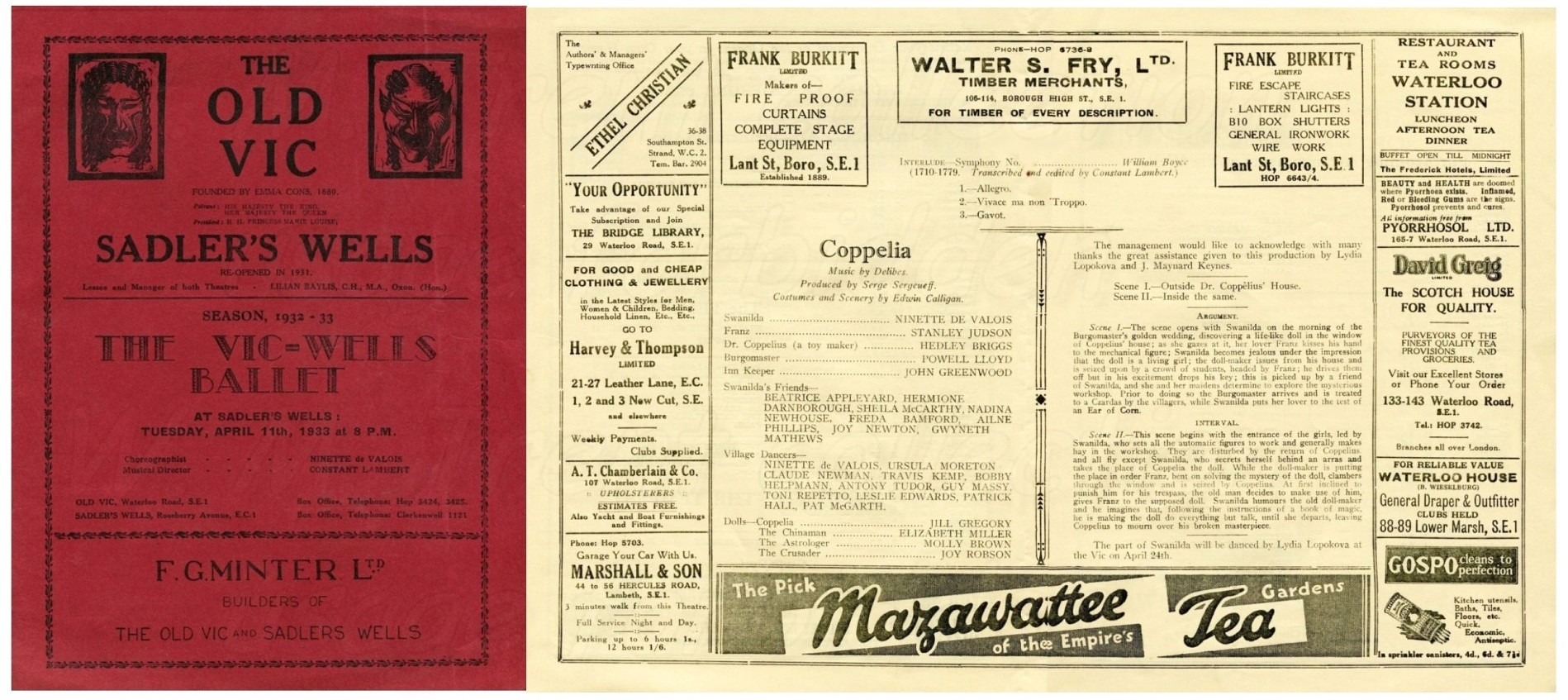ballets » Coppélia
Coppélia
Arthur Saint-Léon was born in Paris in 1821, and died there in 1870. He danced and choreographed, played and composed for the violin and created a method of dance notation. He worked the length and breadth of Europe and staged ballets in every major opera house, except La Scala, Milan. Although he failed to be invited to put on a ballet there, while in Milan Saint-Léon met and married the ballerina Fanny Cerrito. They parted in 1851, but by then he had created many ballets for her, not least La Vivandière in 1844. He spent many years with both the Paris Opéra Ballet and the Imperial Russian Ballet as ballet master, as well as creating, producing and directing. He is mostly remembered today for his ballet Coppélia.
Coppélia was quite a long time in gestation, for both artistic and administrative reasons. With music by Léo Delibes (1836-1891), scenery by Cambon, Desplechin and Lavastre and costumes by Lormier, the Girl With The Enamel Eyes, as it was also known, marked a return to the ballet d’action. Gone were the shadowy and ghostly excesses of Romantic ballet, replaced with a good balance between pantomime and dance. Coppélia can be seen as a ballet d’action because in it the movement, music and décor are subordinated to the unfolding story.
Coppélia derives from a tale by the German fantasy writer, E.T.A. Hoffmann (1776-1822). As much as Giselle is a tragedy, Coppélia is a comedy. However, both are love stories and both have a starting point in real life prior to transitioning to worlds of the imagination. Franz, the male lead in Coppélia was first danced en travesti by Eugénie Fiocre. Saint-Léon died in 1870 within months of the first performance of Coppélia, as did his ballerina, the first Swanilda, Giuseppina Bozzacchi. During the second half of the 19th century the centre of the ballet world moved away from Paris for many years.

